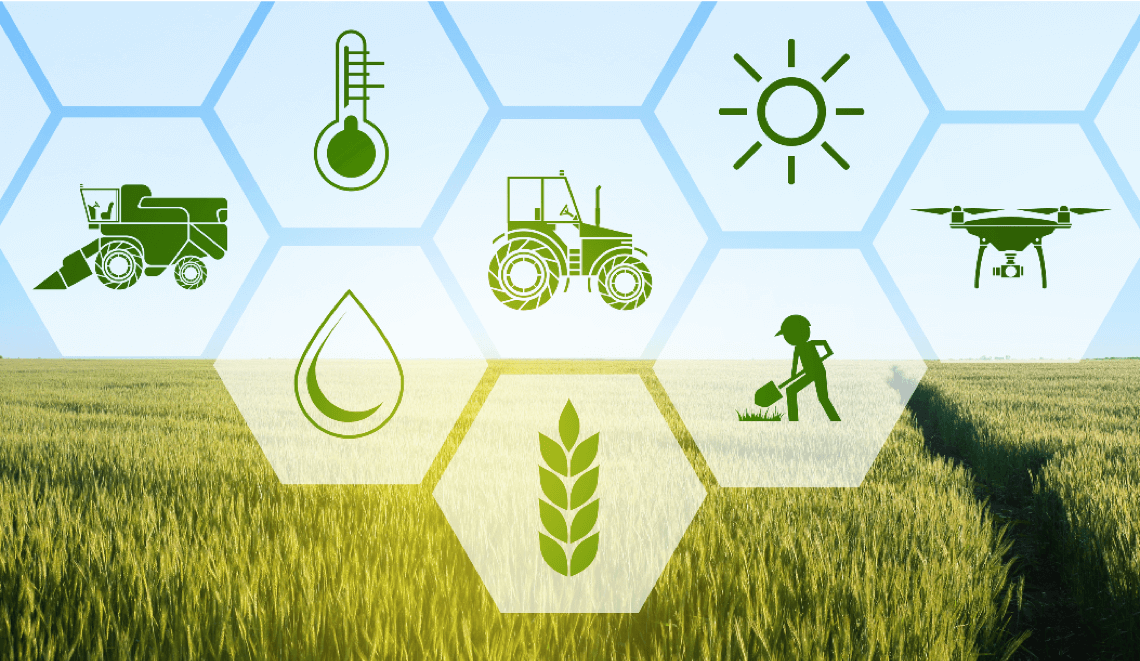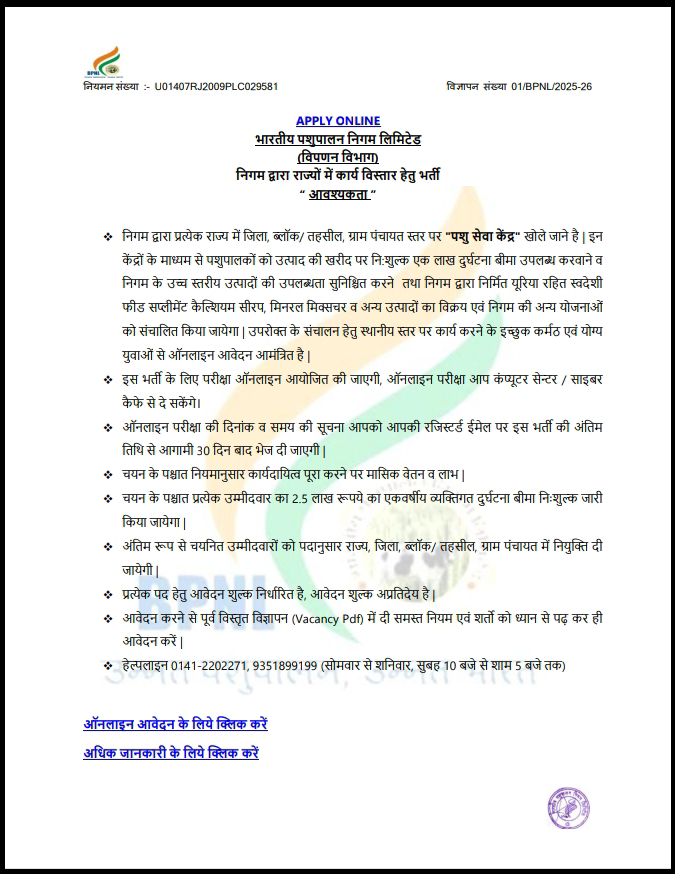Precision Agriculture, also known as precision farming or site-specific crop management (SSCM), is a modern farming management approach that utilizes information technology to observe, measure, and respond to variability found within fields. The goal is to optimize inputs such as water, fertilizers, pesticides, and seeds, applying them only where and when needed to maximize yields, reduce waste, and improve environmental sustainability.
Here's a breakdown of key aspects:
Core Concepts:
* Variability Management: Recognizing that conditions and needs vary significantly across a field (soil type, nutrient levels, moisture content, pest infestations, etc.).
* Data-Driven Decisions: Utilizing data collection and analysis to make informed decisions about crop management practices.
* Targeted Application: Applying the right inputs at the right rate, in the right place, and at the right time.
Key Technologies Used in Precision Agriculture:
* Global Navigation Satellite Systems (GNSS/GPS): Provides precise location data for mapping fields, guiding machinery, and variable rate applications.
* Geographic Information Systems (GIS): Software for collecting, storing, analyzing, and visualizing spatial data to create maps of field variability.
* Remote Sensing: Using satellite or aerial imagery (including drones) to assess crop health, soil conditions, and other factors across large areas.
* Sensors:
* Soil Sensors: Measure moisture, temperature, nutrient levels, and electrical conductivity in the soil.
* Crop Sensors: Assess plant health, biomass, and nutrient uptake.
* Weather Stations: Provide localized weather data for irrigation and other decisions.
* Variable Rate Technology (VRT): Equipment that automatically adjusts the application rates of inputs (fertilizers, seeds, pesticides, water) based on real-time data or pre-loaded prescription maps.
* Yield Monitoring Systems: Mounted on harvesters, these systems record the amount of grain harvested at different locations in the field, creating yield maps.
* Autonomous Vehicles and Robotics: Self-driving tractors, planters, sprayers, and robots for tasks like planting, weeding, and harvesting.
* Drones: Used for field scouting, mapping, crop health monitoring, and even targeted spraying.
* Data Management Software and Analytics: Platforms for collecting, integrating, and analyzing the large amounts of data generated by various technologies to support decision-making.
* Internet of Things (IoT) devices: Smart, interconnected devices that collect and transmit data.
Benefits of Precision Agriculture:
* Increased Efficiency: Optimizing input use reduces waste and lowers operational costs.
* Improved Yields: Targeted management can lead to healthier crops and higher overall production.
* Enhanced Environmental Sustainability: Reduced use of fertilizers and pesticides minimizes the risk of runoff and soil contamination.
* Better Resource Management: Efficient use of water, nutrients, and energy contributes to conservation.
* Increased Profitability: Higher yields and lower input costs can improve farm profitability.
* Improved Decision-Making: Data-driven insights allow for more informed and timely management decisions.
* Reduced Labor: Automation and guidance systems can reduce the physical demands of farming.
* Enhanced Soil Health: Site-specific nutrient management can contribute to long-term soil health.
Examples of Precision Agriculture in Action:
* Variable Rate Fertilization: Applying different rates of nitrogen, phosphorus, and potassium based on soil tests and nutrient maps.
* Variable Rate Seeding: Adjusting planting density based on soil type, moisture, and yield potential.
* Precision Irrigation: Using soil moisture sensors and GPS-guided systems to apply the right amount of water only where needed.
* Targeted Pest and Weed Management: Using GPS and mapping to identify and treat specific areas with pest or weed infestations, reducing overall pesticide use.
* Yield Mapping: Analyzing yield data to identify high and low-performing areas of the field for future management adjustments.
* Auto-Steering Systems: GPS-guided tractors that improve planting accuracy and reduce overlaps during field operations.
* Drone-Based Crop Monitoring: Using drones with cameras to assess crop health, identify stress, and detect pest or disease outbreaks early.
* Smart Greenhouses: Utilizing sensors and automated systems to precisely control temperature, humidity, light, and nutrient delivery.
* Precision Livestock Management: Using sensors and data analytics to monitor animal health, behavior, and productivity.
In India, precision farming is gradually being adopted, with a focus on nutrient and water use efficiency. Technologies like drip irrigation and site-specific nutrient management are considered key components. While the adoption is increasing, factors like the cost of technology and the need for infrastructure and training are still considerations.
Precision agriculture represents a significant shift towards a more data-intensive and efficient way of farming, with the potential to enhance productivity, profitability, and environmental stewardship.

.jpeg)






